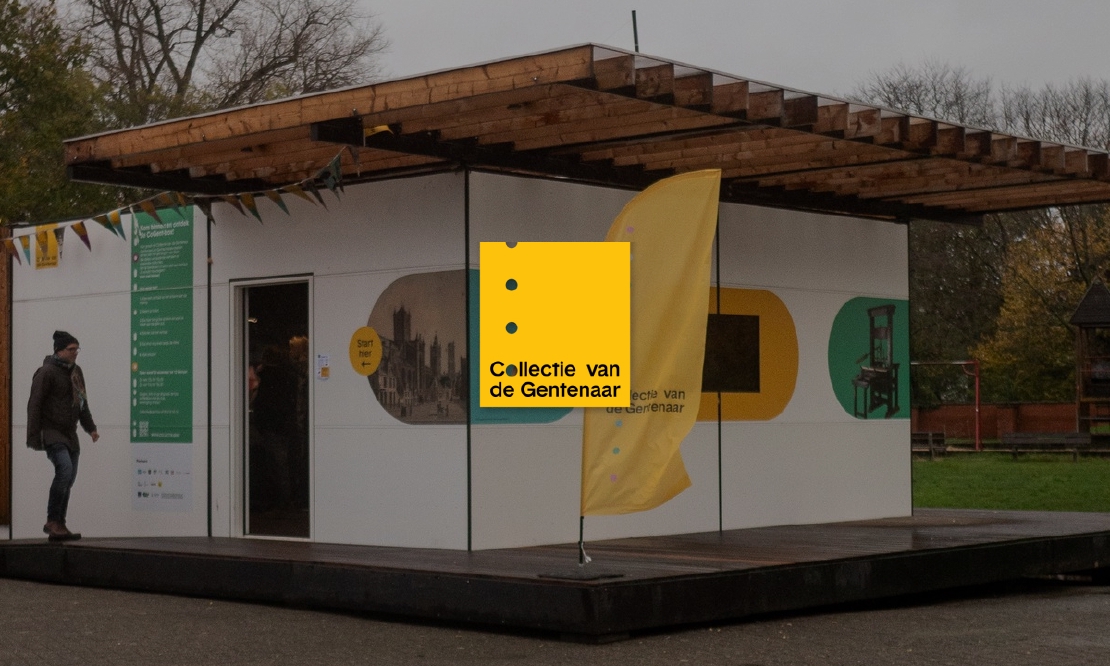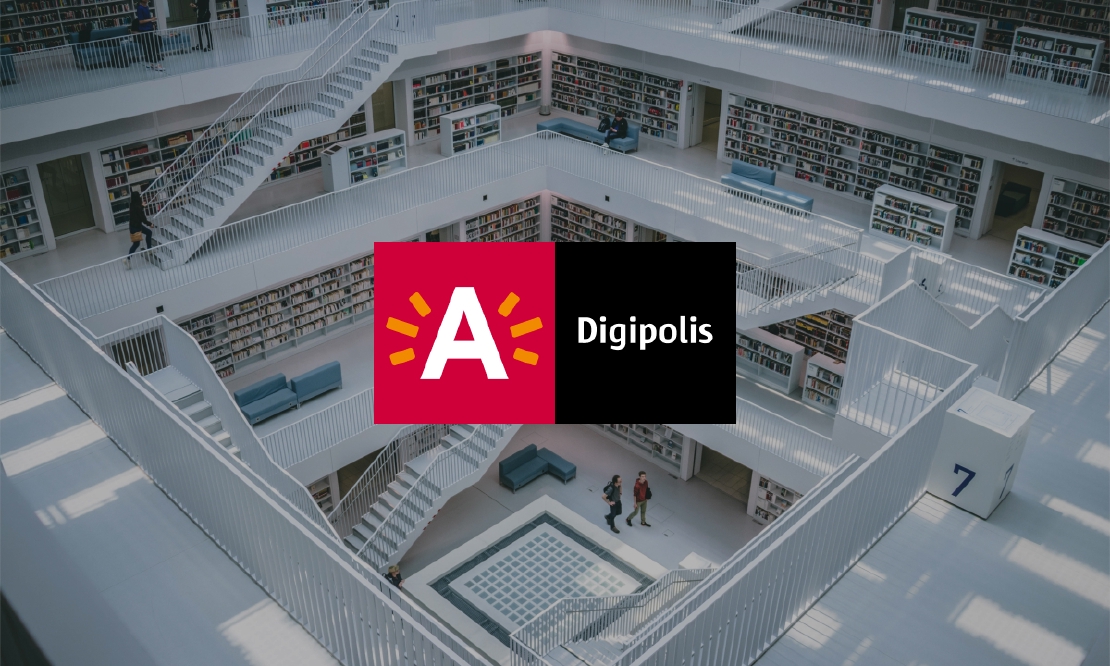
A Digital Asset Management System To Connect All Cultural Heritage in Antwerp
There are numerous heritage institutions and museums in Antwerp. These institutions already had digital versions of their collections before the start of this project, but they were all managed differently.
Some museums had their material on a DVD and others on a network disk. There was no sight of a complete collection in the city where you could filter through the visual material.
That is why we started the Antwerp DAMS project for Digipolis ten years ago. To create a system that collects and manages these different institutions’ digital assets uniformly in one central place and improves the cooperation between Antwerp’s cultural institutions.
Digipolis uses elody as a digital asset management system.
Elody as a generic back-end component
We reworked some elody back-end services into an Antwerp City Platform as s Service (ACPaaS) component. ACPaaS are modular software building blocks to build innovative and flexible custom apps for Antwerp City. Today Antwerp has 90 applications making use of our asset engine for which Antwerp DAMS is the largest user.
Antwerp DAMS as the central heritage collection
The project makes use of a custom made front-end application and an elody back-end. On the Antwerp DAMS website, you can advanced search and filter through all digital assets to look for specific materials.

Automatically recognize and rewrite text from images
We extract data from other systems with an open character recognition engine (OCR) to automatically recognize and rewrite text from images. When uploading an image of a historical article with unclear writing, you want to convert the image writing into a clearly typed text.
The elody back-end will run the image (stored in a Collection API) through Tesseract, an open source OCR engine. Tesseract is designed to recognize text in various languages from images or scanned documents. It creates a typed out text from the image and sends it back directly to the collection API, where we store it alongside the article image. We can then use the text generated by the OCR for advanced searching and filtering.

For example, if the historical article is about Brussels, it will appear in your search results if you search for “Brussels”. This is because the system won’t only search through the metadata but also the OCR-generated text. The metadata won’t cover the article topic, while the OCR-generated text will, making it possible to filter based on this.
Fast online representation via IIIF
IIIF is an open standard for dealing with images (and other media files), ensuring better interoperability with other systems.

The pictures displayed on the Antwerp DAMS website are always high-resolution so that they are clear and sharp. However, displaying them in this format on the website isn’t efficient, as it would slow down the speed dramatically and requires too much mobile data. IIIF makes the efficient display of these images possible, as well as other features such as the zoom-in function.
Upgrading a 10 years old DAMS
For the past 10 years we are working together with Digipolis Antwerp and their DAMS. In January 2022 we started upgrading to our latest version.
The previous DAMS didn’t work on micro-services making it less flexible than the new DAMS. If we make adjustments today, we can directly address the correct API, while in the old DAMS, we had to address a large engine, which is less efficient. The OCR in the new DAMS is converted to a micro-service.
Because the previous version did not work on micro-services, it could not handle the event-driven architecture. Meaning communication between the different software components is more scalable and loosely coupled in the latest version.
With the new version, we introduce linked data to improve the connection between multiple collections.
Results and impact
Since its start in 2013, the system has constantly improved and now manages 1.7 million digital assets.
We made collaborations between employees of Antwerp’s museums, libraries, and heritage institutions considerably easier. Before the launch, these institutions worked separately on their system.
With this system, they can work together in one folder on Antwerp DAMS, where all assets sourced from different institutions are combined.
Let's talk about your challenges
